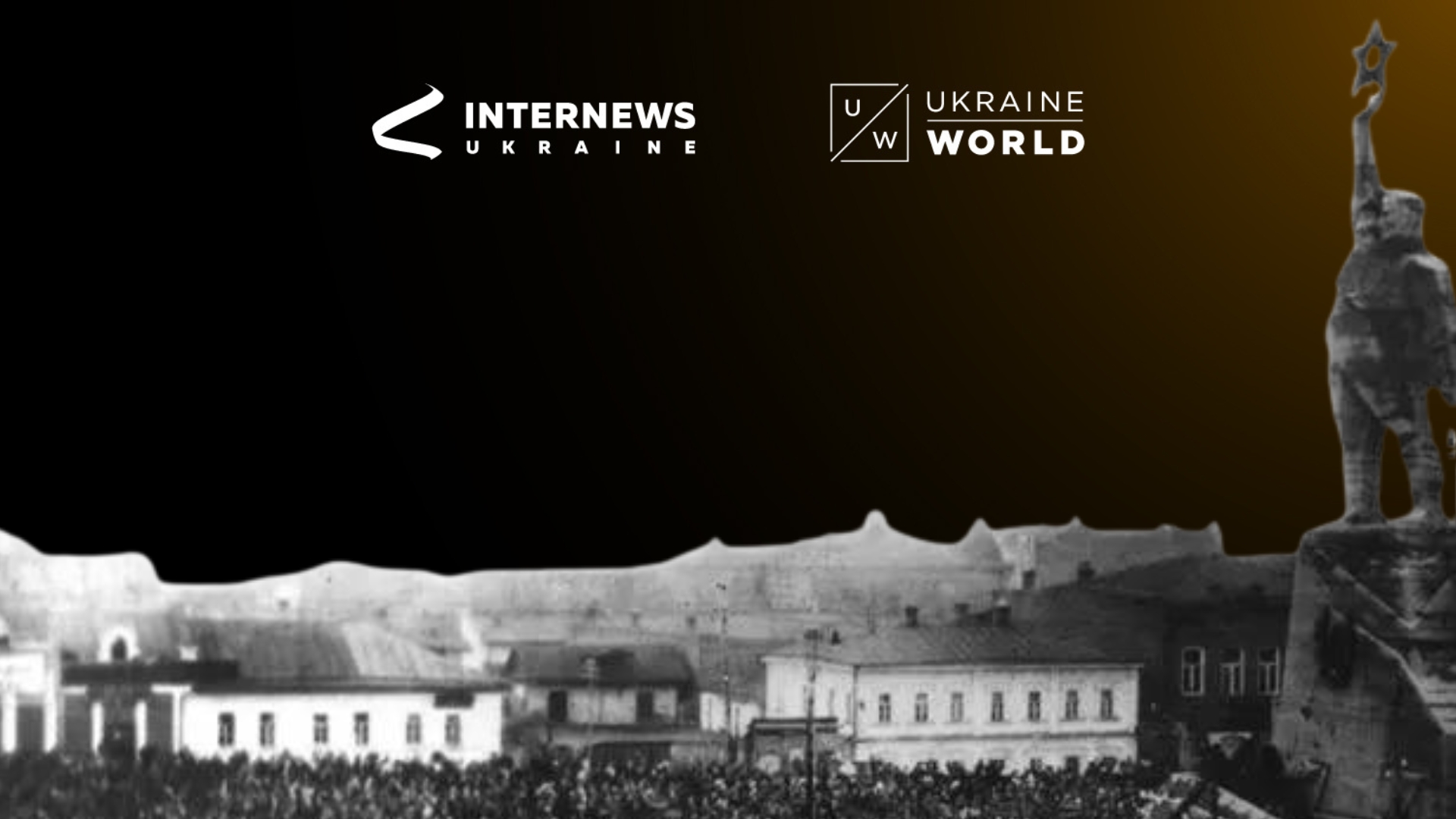
But what role do industrialization and education play in Russia's centuries-long aggression against Ukraine?
The issue of Russification became particularly acute in the eastern territories of Ukraine not in the twentieth century but since the end of the nineteenth century, during the imperial chauvinistic policy of the Russian autocracy. Later, it was expanded by trends such as industrialisation and urbanisation. During this period, the Donetsk oblast saw an increase in immigration from Russian provinces.
If we follow the population census of 1897, the dynamics of the ethnic composition of the Katerynoslav province (today's Dnipro city) were determined by active migration processes, primarily by the inflow of labour to the mines and enterprises of the Donets coal basin from Voronezh, Kursk, Penza, Ryazan, and Tambov provinces.
This production meant that these territories industrialised faster, thereby rendering them more appealing from an economic and social standpoint, and thus, the increased inflow of Russians to these regions began.
This rapid increase in the Russian population paved the way for specific assimilation processes.
Since this form of inclusion took place rather gradually and in relatively small groups, it enabled the continuation of the assimilation process, thereby fostering narratives that Ukrainians belonged to Russia, as well as the apparent need for Ukraine to have the Russian state protecting their interests.
Education is another aspect of Russification.
Russia didn't just limit the Ukrainian language; it did everything it could to elevate Russian as the prestigious choice and encouraged people to use it. It was taught at universities and was regarded as the language of the city for the upper class. Career prospects were also broader for Russian speakers.
For example, in the first half of the 1920s, the process of so-called Ukrainisation or indigenisation was implemented against the backdrop of the entire USSR. However, it is worth noting that this process was quite formal, i.e., it was the majority, and it was introduced to identify active citizens and intellectuals.
According to the data found in the archives, in 1924, the Donetsk Provincial Department of Public Education even submitted an application to the Main Committee of Social Education in Kharkiv, which was then the communist capital, about the need for Ukrainian-speaking teachers. This demand even led to the recruitment of such teachers from the labour exchange in other provinces, such as Volyn, Kyiv, Poltava, and Podillia.
Moreover, another Russian myth is that Kharkiv was Ukraine’s first capital. However, Kharkiv became the capital of Soviet Ukraine mainly due to it becoming the first major Ukrainian city captured by the Russians in 1917, allowing them to keep in under their future control.
Although Ukrainisation was introduced, the state apparatus and the party elite still used Russian as late as the end of 1924, when it had barely been implemented.
And in the industrial towns and villages of the then Stalinist district, i.e., Donetsk, the vast majority of schools remained Russian.
In the region as a whole, in 1934, 71 out of 77 schools in the Sloviansk district were Ukrainian. That is, the situation in the district was somewhat better than in the cities themselves. The Institute of Public Education also housed representatives of the Ukrainian liberation struggle, a priest of the Ukrainian Autocephalous Orthodox Church, Belinsky, a representative of the Ukrainian political elite in Chernihiv.
In other words, in Soviet times, the gap between rural and urban, the inherently Ukrainian and the imposition of the Russian was growing.
In the post-war years, overt Russification began. As a result, in 1961, the number of Russian-language schools in the Donetsk Oblast exceeded the number of Ukrainian-language schools for the first time. And in the Khrushchev-Brezhnev period, the number of children studying in Ukrainian schools was dramatically reduced.
Thus, the Russification of Ukraine's east has become just a continuation of the systematic imposition of the Pax Moscovita on Ukraine and the deformation of the cultural and national identity of Ukrainians. Therefore, the current Russo-Ukrainian war is, in fact, the latest stage in the national liberation struggle of Ukrainians to preserve their national dignity and identity.
